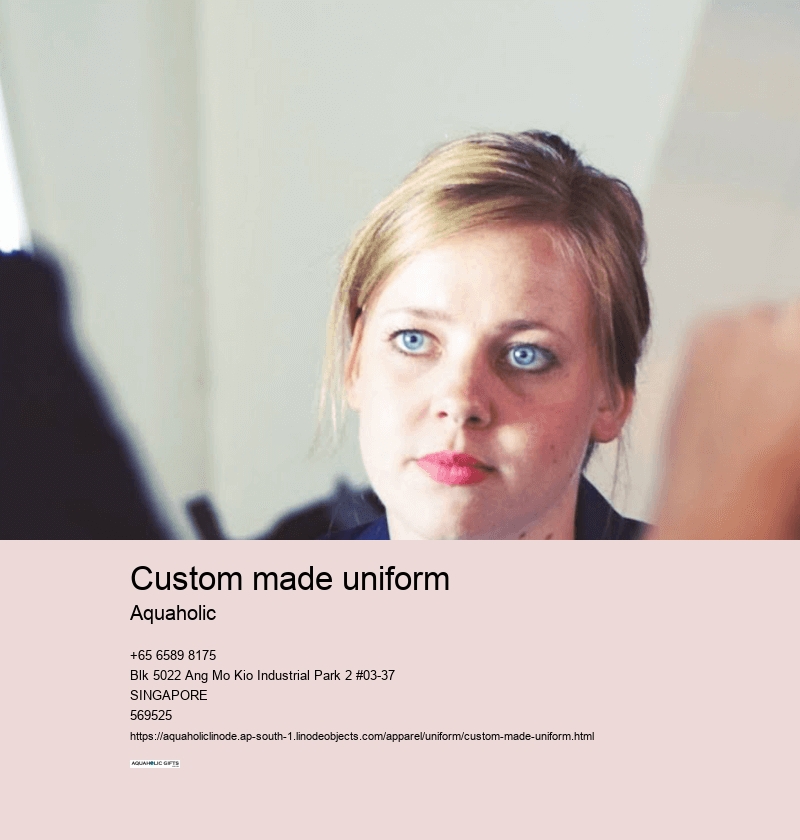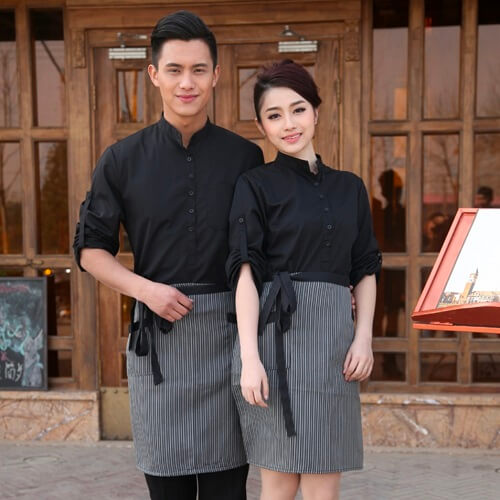custom made uniform
printed uniform
A good fabric will provide ease of movement, increases confidence and boosts productivity in the workplace. Why? because it's breathable, strong and has a sleek style that matches the corporate world to a T. Their design, placement, and quality can make a significant difference in the uniform’s overall look and feel.
Allowing for subtle customizations can help wearers feel a sense of individuality while adhering to the broader uniform code. Anchoring your logo on the chest is like positioning it at the heart of visibility.
Who said uniforms have to be boring? Cotton is well-suited to a variety of conditions, keeping you cool during the scorching summer months and also acting as an excellent insulation during winter.
Different fabrics echo different levels of formality. Placing your logo to the chest places your brand at the forefront of the public's attention.



